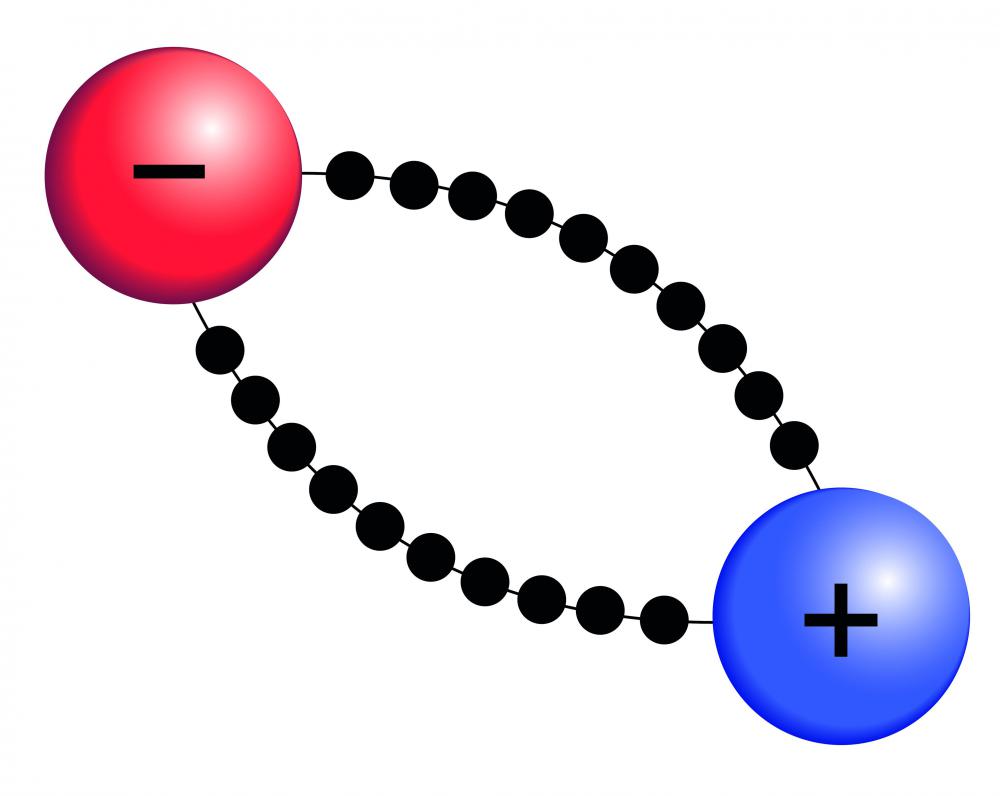At WiseGEEK, we're committed to delivering accurate, trustworthy information. Our expert-authored content is rigorously fact-checked and sourced from credible authorities. Discover how we uphold the highest standards in providing you with reliable knowledge.
What Is a Silicon Anode?
Batteries come with three specific parts, and one of which is the anode. It is in this area that the electrons, which provide power to electrical devices, are built up. As of 2011, graphite anodes are most commonly used in lithium batteries. A silicon anode has the theoretical ability to produce up to 10 times the amount of energy of a traditional graphite anode. A major problem is that the silicon anode breaks down easily, reducing the amount of energy generated and making the battery unstable; this is why the silicon anode has not been popularly used.
Every battery, from a small AA to large generator batteries, has three parts: the cathode, electrolyte, and anode. The anode is negatively charged and is where the electrons build up. As nature dictates, the electrons are compelled to travel to a positive charge, which is produced by the cathode. The electrolyte layer keeps the electrons from going directly into the cathode and, instead, forces the energy to move through the electrical device, turning the device on and making it work, before stopping at the cathode. It is this process that makes every battery function.

In lithium batteries, which use lithium as their main power source, graphite has been used as the anode because it can produce high amounts of energy and is durable enough for constant use. While the power in graphite is high compared to that of other sources, it is limited to the amount of power silicon can produce. Silicon, when combined with lithium, can produce up to 10 times the amount of energy, which would allow portable devices and electrical cars to run for longer amounts of time without having to change or recharge the battery.
The problem with using a silicon anode is that silicon has low durability. When the electrons are produced by and race through the silicon anode, the silicon shows signs of wear and deformity. When the silicon deforms, it is unable to keep a regular charge and the energy amount degrades. This means the silicon has a much shorter life when compared to the graphite anode, although it can keep a higher charge.
To bypass this problem, researchers are using silicon nanowires for the silicon anode. The nanowire is able to withstand the energy without degrading. This type of anode has been shown not to fracture or break, making it a viable source of energy for these batteries.
AS FEATURED ON:
AS FEATURED ON:











Discussion Comments
Does the electrode of a cu consist of cu strip, or cu strip and cu ions?
Post your comments